In contemporary society, characterized by a growing dependence on sophisticated technology, the utilization of LED (Light Emitting Diode) lighting has gained widespread recognition and familiarity among individuals in domestic settings. The purpose of this inquiry is to ascertain the precise definition of LED (Light Emitting Diode) and to comprehend the reasons behind its transformative impact within the field of illumination. This discourse aims to explore the captivating realm of LED technology and elucidate its manifold benefits.
An Introduction to Light-Emitting Diodes (LEDs)
Fundamentally, an LED can be defined as a type of semiconductor apparatus that generates light as a result of the passage of an electric current. In contrast to conventional incandescent bulbs, which generate light by heating a filament, light-emitting diodes (LEDs) produce illumination via the phenomenon of electroluminescence. This innovation had a transformative impact on the lighting industry and yielded numerous significant advantages.
The concept of energy efficiency refers to the ability to maximize the output or performance of a system while minimizing the amount of energy input required
LED lighting possesses a notable advantage in terms of its exceptional energy efficiency. Light-emitting diodes (LEDs) exhibit significantly lower power consumption in comparison to conventional incandescent or fluorescent lighting sources. This results in significant energy conservation and reduced electricity expenses for both consumers and businesses. Moreover, the decreased energy consumption exhibits a greater level of environmental friendliness, thereby making a significant contribution towards reducing the carbon footprint.
The concept of longevity refers to the duration or length of time that an individual or organism is
Light-emitting diodes (LEDs) are widely recognized for their significantly prolonged operational duration. LED bulbs have a significantly longer lifespan compared to incandescent and fluorescent bulbs, lasting tens of thousands of hours. The extended lifespan of the product not only results in a decrease in the frequency of replacements but also leads to a reduction in maintenance expenses.
The attribute of durability is an important factor to consider when evaluating the longevity and resilience of a
Light-emitting diodes (LEDs) possess a high degree of durability and resilience. LED bulbs are characterized by their durability, as they do not consist of delicate glass components found in conventional bulbs. Consequently, they exhibit a remarkable ability to withstand impacts, vibrations, and extreme temperature conditions. The exceptional durability exhibited by LEDs renders them highly suitable for a wide range of applications, such as outdoor lighting and automotive headlights.
The topic of discussion is "Instant Lighting."
In contrast to certain energy-saving bulbs that exhibit a delay in achieving maximum luminosity, light-emitting diodes (LEDs) offer immediate illumination. This characteristic is especially beneficial in situations where prompt and intense illumination is required, such as in the case of traffic signals and emergency lighting.
The range of colors.
LEDs are offered in a diverse array of colors, encompassing warm white, cool white, various hues, and even RGB (Red, Green, Blue) configurations. The adaptability of this lighting system enables the implementation of innovative and flexible lighting solutions in various residential and commercial environments.
The topic of discussion pertains to directional lighting.
Light-emitting diodes (LEDs) possess the characteristic of emitting light in a focused direction, in contrast to conventional light bulbs which disperse light in a more omnidirectional manner. The inherent characteristic of being directional in nature serves to minimize the wastage of light and facilitates the attainment of precise control over lighting.
The applications of the subject matter are diverse and wide-ranging.
The utilization of LED technology has been observed in various industries, encompassing a wide range of sectors, such as:
1. LED bulbs have emerged as the preferred option for both residential and commercial lighting applications.
2. LED headlights, brake lights, and interior lighting in the automotive industry have demonstrated enhanced safety features and aesthetic qualities.
3. LED displays are commonly employed in various applications such as television sets, computer screens, and outdoor advertising billboards.
4. Backlighting: LEDs are commonly used for backlighting in LCD screens, providing sharp and vibrant images.
5. LED streetlights are recognized for their energy efficiency and ability to improve visibility, thereby contributing to the enhancement of road safety.
Decorative Lighting: LEDs are widely used for decorative purposes, such as holiday lighting and architectural accent lighting.
In summary, the advent of LED technology has brought about a significant transformation in the manner in which we illuminate our surroundings. Its energy efficiency, longevity, durability, and versatility have made it the preferred choice for lighting solutions across various industries. As LED technology continues to advance, we can expect even more innovative and energy-saving lighting solutions in the future, further enhancing our lives and the environment.
